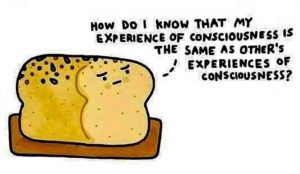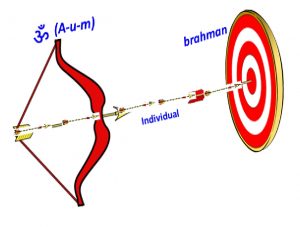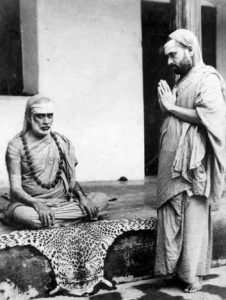NDM: When you say: “The most basic point to remember is that in order to talk in terms of vAsanA-s and so on, one has to first believe in the ‘reality’ of the existence of a cause, an effect and a relationship between them. Looked at from the position of a Jivanmukta, there are no different entities, one as a cause and another as an effect and a formula expressing a relationship between them. The entire thing is One. And that is the only Truth. Not so many different things and their inter-relationships which are all imaginary.”
So are you saying that the Jivanmutkta no longer acknowledges that there is an empirical relationship of cause and effect on this relative level. (samvriti-satya or vyâvahârika-satya)
That they only recognize or acknowledge the absolute perspective? (pâramârthika-satya). That they in fact deny that a relative level even exists like some of the neo advaitins do.
Ramesam Vemuri: The terminology of Absolute Truth, transactional reality and dream-like reality and stories around them are inventions for appeasing a seeking mind. They have as much value, meaning and significance as the conversations and technologies of a dream experience have in the wakeful world. You may dip into a river and next thing suddenly be flying over a mountain peak in a dream. You could do so in the dream because you possessed that technology in your dream. But what relevance has it in the wakeful world? Similarly, the terminologies and classifications and theories used in the wakeful world carry no meaning or relevance to a Jivanmukta. Continue reading

 Quoting from the talk of an Advaita teacher on the message of the aitareya Upanishad:
Quoting from the talk of an Advaita teacher on the message of the aitareya Upanishad:

